Circa 2017
An agreement between the Lacks family and the National Institutes of Health is benefiting researchers.


A pesticide that’s been linked to neurological damage in children, including reduced IQ, loss of working memory, and attention deficit disorders, has been banned by the Biden administration following a years-long legal battle.
Agency officials issued a final ruling on Wednesday saying chlorpyrifos can no longer be used on the food that makes its way onto American dinner plates. The move overturns a Trump-era decision.

The gut microbiota plays an important role in human health and the prevention of disease. As a result, changes in its regular functioning may play a part in some medical conditions, such as irritable bowel syndromeTrusted Source, obesityTrusted Source, and cardiovascular diseasesTrusted Source.
A recent study investigates the connection between high fat diets, gut bacteria, and an increased risk of developing heart disease.
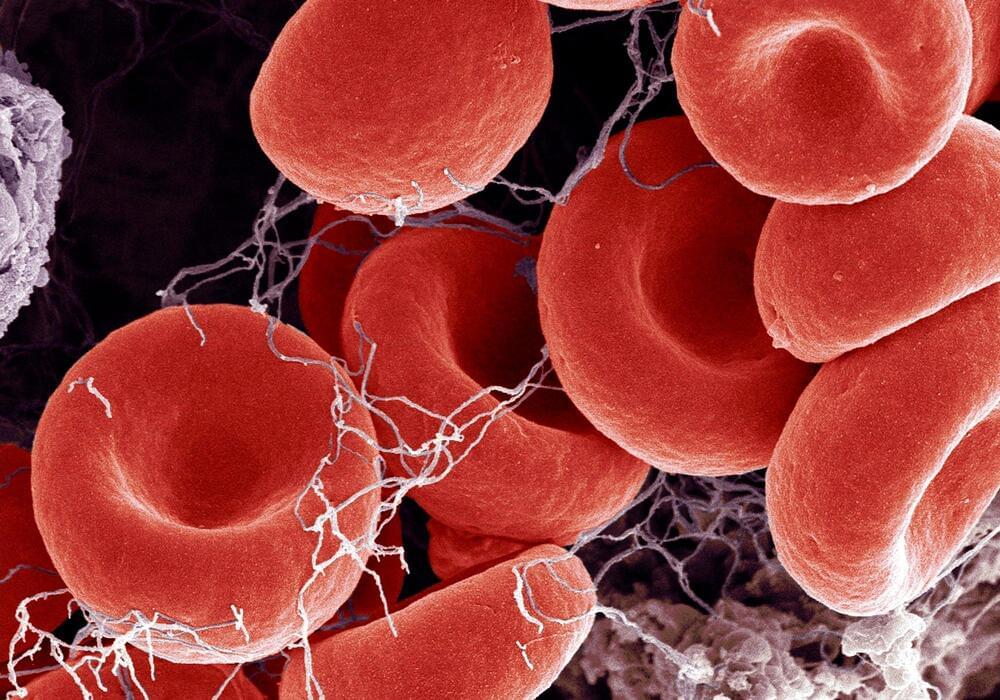
New evidence shows that patients with Long COVID syndrome continue to have higher measures of blood clotting, which may help explain their persistent symptoms, such as reduced physical fitness and fatigue.
The study, led by researchers from RCSI University of Medicine and Health Sciences, is published in the Journal of Thrombosis and Haemostasis.
Previous work by the same group studied the dangerous clotting observed in patients with severe acute COVID-19. However, far less is known about Long COVID syndrome, where symptoms can last weeks to months after the initial infection has resolved and is estimated to affect millions of people worldwide.
By Susan Ip-Jewell## **Space Medicine, Health and MedTech Innovations, a lecture by Susan Ip-Jewell**
In the frame of the new Space Renaissance Academy Webinar Series programme, chaired by the optimum Sabine Heinz, a quite interesting and rich lecture was given yesterday by Dr. Susan Ip Jewell.
Susan is CEO and founder of Mars Moon Astronautic Academy Research Science (MMAARS), one of the SRI VicePresidents and a pasionate space activist. And she’s Commander of Analog Training missions on Moon and Mars simulated surface.
In her lecture, she gives us a wide overlook on many aspects of human health in space, the edge of the space medicine, the innovative techniques using incremental technologies, developing systems integrating robotic, artificial intelligence, remote telemedicine, avatars and drones.
Btw, Sabine, in addition to being an efficient organizer and coordinator, has revealed unexpected talents as a great media presenter!
Sabine was fantastic, moderating the intense discussion that followed the lecture, about the many challenges humanity is facing, while kicking off the civilian space development.
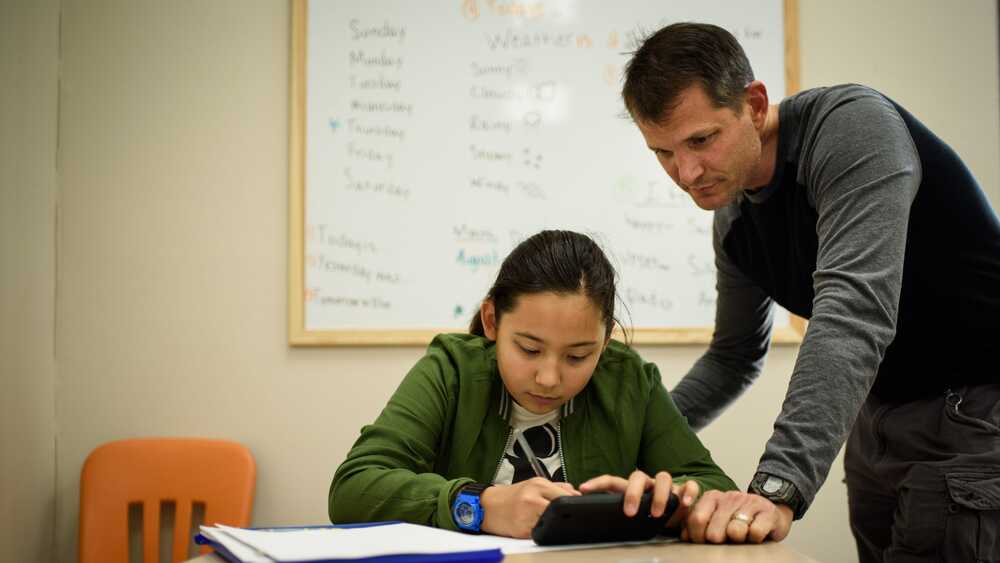
In March, the Defense Health Agency, which oversees TRICARE, announced that by May, advanced behavioral analysis services outside of clinical settings will no longer be covered by the military insurance.
Registered behavior technicians help implement treatment and behavior plans that teach behaviors and skills universally used.
From April: Autism services for military families could be cut under DoD plan
Prior to the TRICARE changes, technicians could accompany children with autism to school and help facilitate the child’s learning.
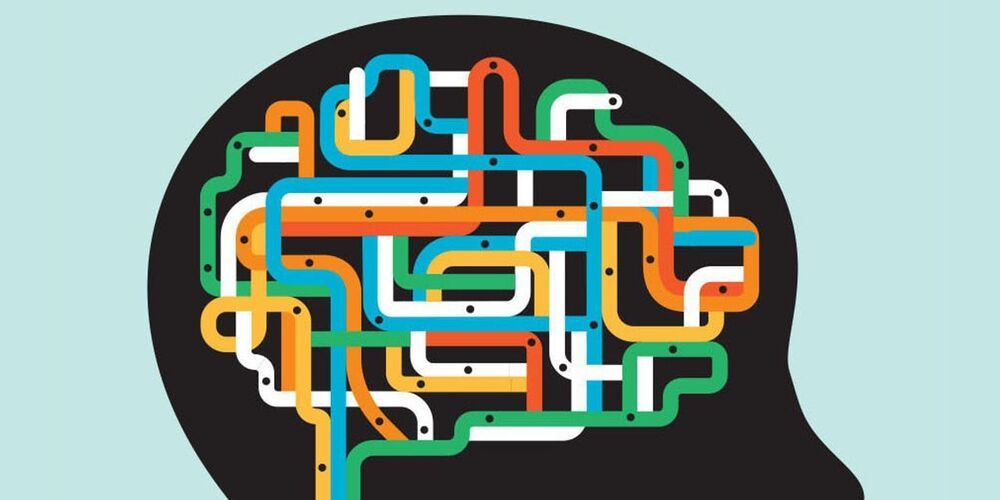
The Future of Everything covers the innovation and technology transforming the way we live, work and play, with monthly issues on health, money, cities and more. This month is Education & Learning, online starting Aug. 6 and in the paper on Aug. 13.
No one has yet deciphered the brain signals that encode a complex thought, turn an idea into words or make a lasting memory. But powerful clues are emerging to drive the neurotechnology of learning, scientists say.
On the frontier of neuroscience, researchers are inventing devices to enhance learning abilities, from wearable nerve stimulators that boost mental focus to headsets for wireless brain-to-brain communication.
Learn More.
World Economic Forum.
Would you like to live on Mars for a year?
Learn more about what it’s like living in space.
Being forced into isolation and confinement creates a number of potentially stressful demands. However, we might be able to learn a thing or two about coping with these demands, from people who choose a life in such settings.
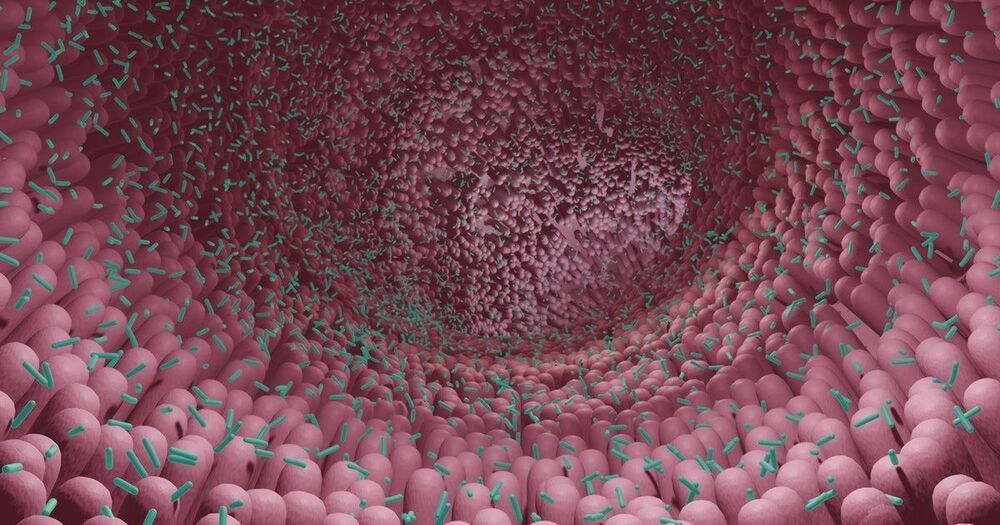
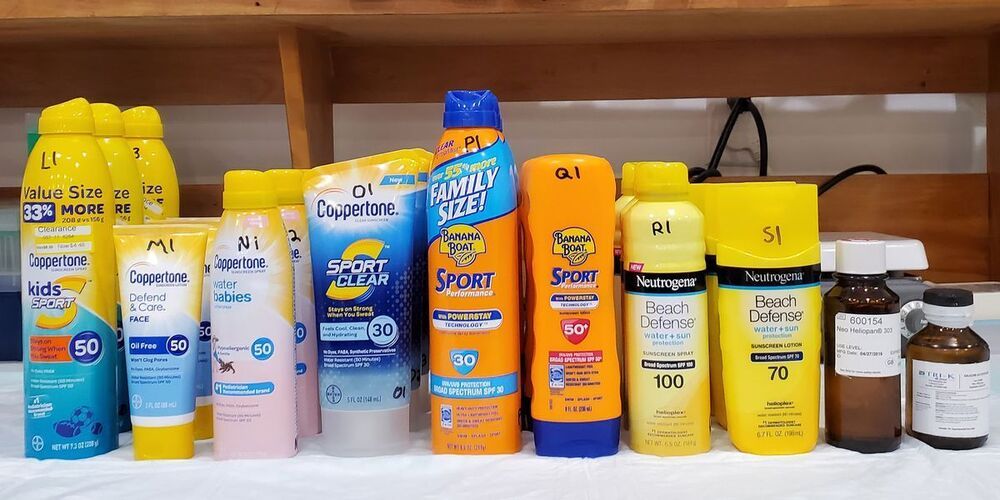
Researchers asked U.S. regulators to pull some sunscreens from the market, including brands such as Coppertone, Banana Boat and Neutrogena, saying they’ve found evidence of a potential carcinogen.
Scientists petitioned the Food and Drug Administration to remove from sale all sunscreens containing the active ingredient octocrylene. Products made with the chemical may contain benzophenone, a suspected carcinogen that also can interfere with key hormones and reproductive organs, according to a group led by Craig Downs, executive director of the nonprofit Haereticus Environmental Laboratory that studies risks to health and the environment.